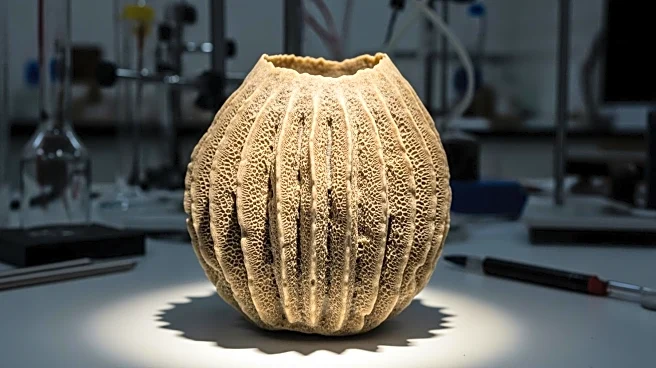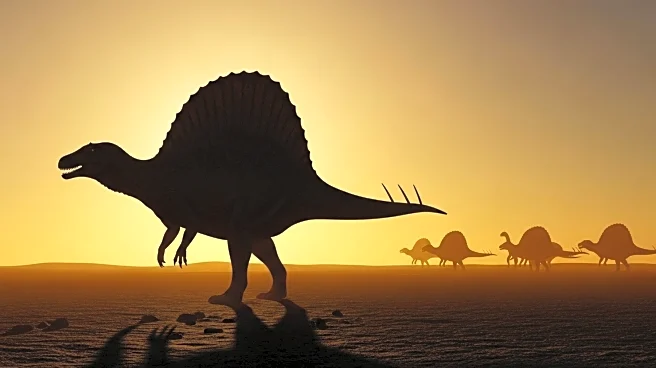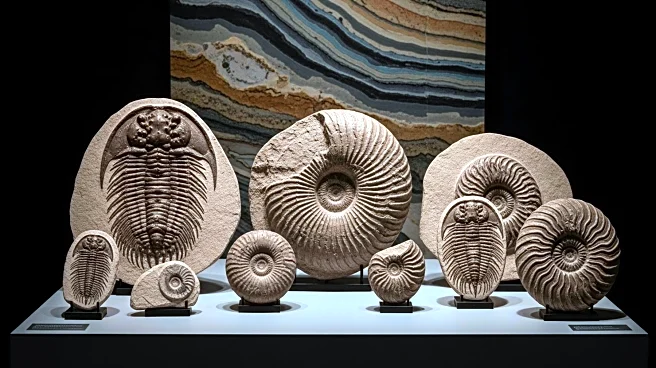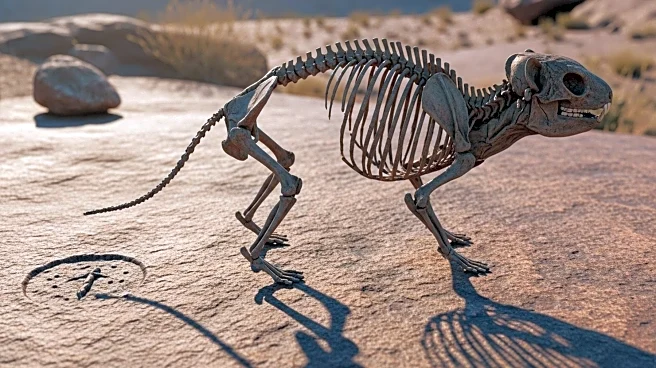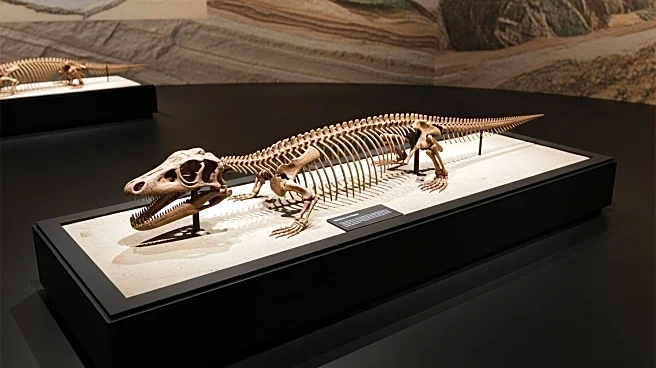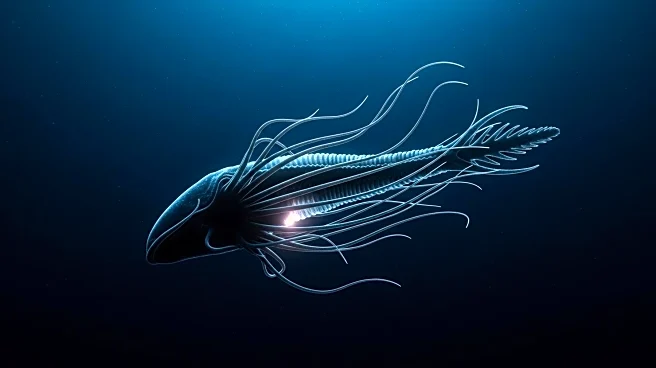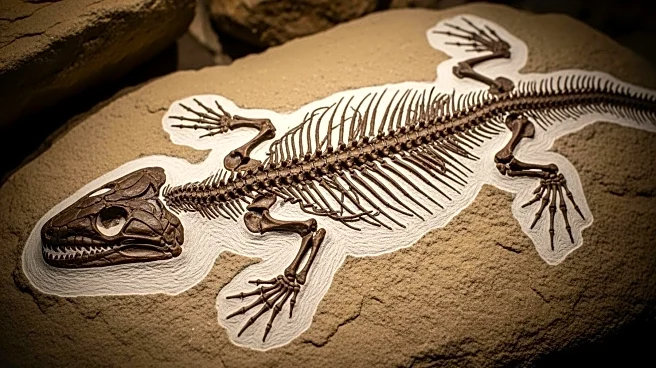What is the story about?
What's Happening?
Recent research has identified the presence of the myodural bridge (MDB) in the African clawed frog, Xenopus laevis, within the atlanto-occipital space. This anatomical structure, previously recognized in various vertebrates, forms a connection between the perimysium and the deep anatomical structures such as the DAOM and DM. The study utilized gross anatomy, histological staining, and scanning electron microscopy to confirm the MDB's existence in amphibians, marking a significant discovery as amphibians were not included in prior comparative anatomical studies. The MDB in Xenopus is primarily composed of type I and type III collagen fibers, which may contribute to cerebrospinal fluid (CSF) regulation. This discovery highlights the MDB's potential role in CSF circulation, suggesting it may act as a driving force during muscle contraction, influencing local and overall CSF dynamics.
Why It's Important?
The identification of the MDB in Xenopus laevis provides insights into the evolutionary adaptations of amphibians as they transitioned from aquatic to terrestrial environments. The MDB's role in regulating CSF dynamics is crucial for understanding how amphibians manage the effects of gravity on the central nervous system. This discovery underscores the MDB's evolutionary significance, as it appears to be a conserved structure across tetrapods, adapting to different environmental and physiological demands. The study suggests that the MDB's function in CSF regulation may have evolved alongside vertebrate adaptations to terrestrial life, offering a deeper understanding of vertebrate evolution and the anatomical innovations that support it.
What's Next?
Further research is anticipated to explore the CSF dynamic patterns in Xenopus laevis and their relationship with the MDB. The study's findings open avenues for investigating the mechanisms underlying interspecies divergence in MDB collagen composition and developmental variations between embryonic and adult stages. These future studies aim to enhance understanding of the MDB's role in vertebrate evolution and its functional adaptations across different species. The results of these investigations are expected to be published soon, contributing to the broader knowledge of vertebrate anatomy and physiology.
Beyond the Headlines
The study of the MDB in Xenopus laevis highlights the broader implications of anatomical structures in evolutionary biology. The MDB's presence across various vertebrates suggests a fundamental role in vertebrate physiology, potentially influencing CSF dynamics and spinal stability. This research may prompt further exploration into the MDB's role in other species, particularly in understanding how anatomical structures evolve to meet environmental challenges. The findings could also inform medical research, particularly in understanding human spinal and CSF dynamics.
AI Generated Content
Do you find this article useful?


